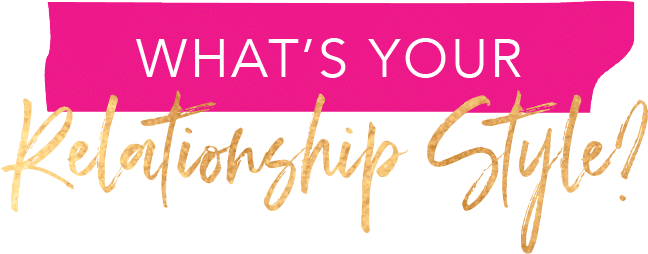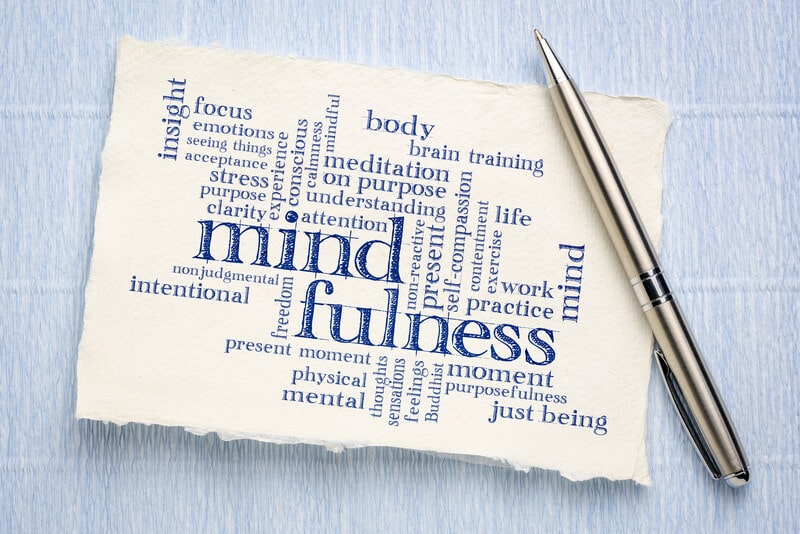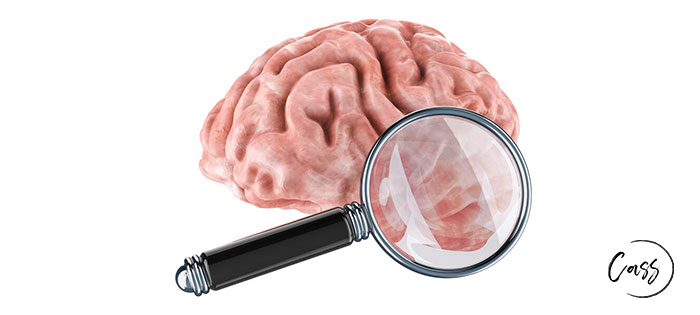FILED UNDER:
Mindfulness
I’ve been meditating regularly for almost two decades, have attended several long, silent meditation retreats and trained as a teacher of Mindfulness Based Cognitive Therapy in 2013. In all my…
READ MOREWhen you’re among female friends, have you ever noticed how often the conversation turns to the topic of body shape or weight? You might mention the reason you’re passing on…
READ MOREI talk a lot about mindfulness and meditation but if you’re unfamiliar with the how or why of mindfulness, it can feel like just another thing to try to fit…
READ MORERecently, the World Health Organisation took the step of expanding on its definition of burnout and defining it as an occupational issue arising out of chronic workplace stress that hasn’t…
READ MOREWhat comes to mind when you consider the qualities of a good communicator? Being skilled at expressing your ideas, delivering a punchline or articulating your thoughts and feelings are all…
READ MOREIn psychology, a person’s level of “insight” refers to the degree to which they recognise that their problem is, in fact, a problem. For example, someone with an anxiety disorder…
READ MOREBoundaries are essential to healthy relationships. Your personal boundaries are the limits or guidelines you create, which determine what you consider to be acceptable in terms of how other people…
READ MOREWe’ve all had the experience of being triggered by something that creates a sudden and intense emotional response within us. It might be that something happens that evokes feelings of…
READ MOREHow many times you do you find yourself injecting the word ‘sorry’ into your interactions with people even when you have nothing to be sorry for? For example, do you…
READ MOREIt goes without saying that we’d all prefer to feel good most of the time. No-one particularly wants to feel sad, anxious, angry or any other ‘negative’ emotions. If you’ve…
READ MORERE-OPENING AGAIN SOON!
BEYOND CONFIDENT
A holistic program designed to help you cultivate genuine, deep and lasting self-confidence, together with lifetime access to a tight-knit supportive community who will cheer you on every step of the way.
This program is for anyone who has been plagued by Imposter Syndrome, who struggles with self-doubt and knows their anxiety, overwhelm and overwork are all symptoms of a core belief that they're unworthy or undeserving of success.
Much more than just a 'mindset' program, the Confidence Solution offers you the most current, cutting edge approaches to healing to deliver a complete transformation.












